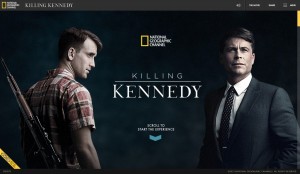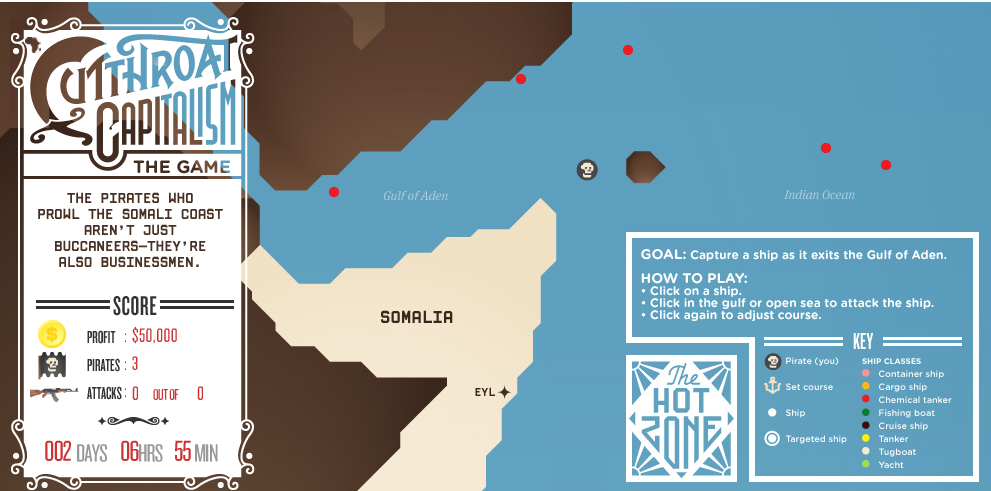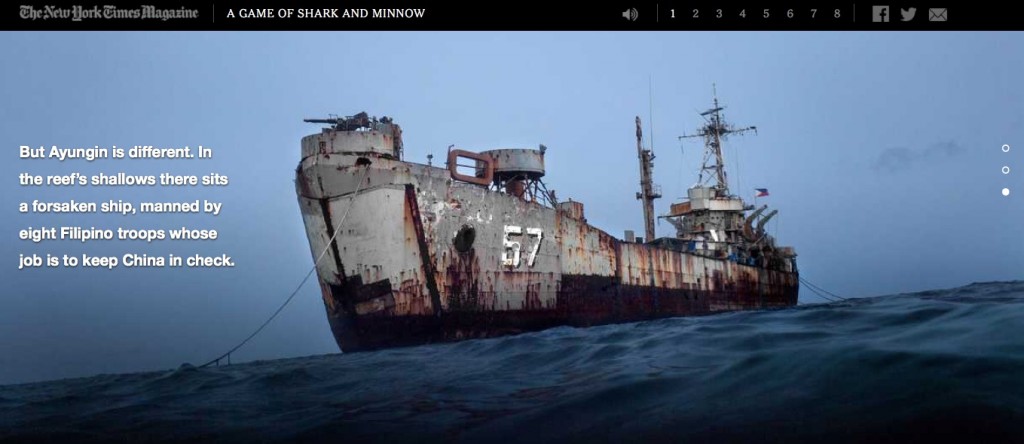Search Results for Tag: visual storytelling
Tools and Apps for Journalists: Creatavist
What is Creatavist?
 Creatavist is a web-based storytelling platform developed by the media and software company The Atavist. Since 2009 The Atavist has used its Creatavist platform to produce and publish original long form narrative stories for the iPad. Now available in open beta, Creatavist offers tools for a variety of digital projects – from producing online books, magazines and video projects to even building your own app (as did the Paris Review and TED Books).
Creatavist is a web-based storytelling platform developed by the media and software company The Atavist. Since 2009 The Atavist has used its Creatavist platform to produce and publish original long form narrative stories for the iPad. Now available in open beta, Creatavist offers tools for a variety of digital projects – from producing online books, magazines and video projects to even building your own app (as did the Paris Review and TED Books).
However, the most interesting feature of Creatavist for journalists might be the possibility of creating online multimedia specials that make use of parallax-scrolling effects – or short Scrollitelling as Benjamin Hoguet, co-founder of Djehouti (the company behind the storytelling software Racontr) likes to call it.
 The acclaimed Snow Fall by the New York Times is probably one of the most popular and most praised “Scrollitelling” projects. However, since its publication, a lot of other multimedia stories have popped up, such as Killing Kennedy by National Geographic or the recently published NSA files decoded by The Guardian – just to name a few. Even though these specials are impressive, it is not as hard as one might imagine to create projects comparable to those mentioned. And using Creatavist combined with a bit of time and patience is definitely a good way to start.
The acclaimed Snow Fall by the New York Times is probably one of the most popular and most praised “Scrollitelling” projects. However, since its publication, a lot of other multimedia stories have popped up, such as Killing Kennedy by National Geographic or the recently published NSA files decoded by The Guardian – just to name a few. Even though these specials are impressive, it is not as hard as one might imagine to create projects comparable to those mentioned. And using Creatavist combined with a bit of time and patience is definitely a good way to start.
![]() read more
read more
NYT scrolls down the South China Sea
The New York Times “Snow Fall” multimedia feature is one that onMedia has mentioned in dispatches several times and most recently in our interview with Dr David Campbell discussing his research into visual storytelling for World Press Photo.
“What Snow Fall indicates, is that in 2013, major media organisations are catching up to what the web does and are starting to present their information in ways that are much more friendly to digital spaces, and therefore more accessible from the huge range of devices you can get online with.”
The NYT has since employed the Snow Fall scrolling style of design in a number of features and the latest one produced for the New York Times Magazine is worth a look.
![]() read more
read more
Visual storytelling and moving beyond ‘multimedia’: Part 2
 In Part 1 of Visual storytelling and moving beyond ‘multimedia’ freelance trainer Guy Degen explored some of the problems with the term “multimedia”. The post also featured the World Press Photo Academy-FotoFederatie study into multimedia produced by Dr David Campbell. In Part 2, we present an in-depth interview Guy conducted with David Campbell about his research and trends in visual storytelling.
In Part 1 of Visual storytelling and moving beyond ‘multimedia’ freelance trainer Guy Degen explored some of the problems with the term “multimedia”. The post also featured the World Press Photo Academy-FotoFederatie study into multimedia produced by Dr David Campbell. In Part 2, we present an in-depth interview Guy conducted with David Campbell about his research and trends in visual storytelling.
The full study PDF can be downloaded here.
![]() read more
read more
Visual storytelling and moving beyond ‘multimedia’: Part 1
 Multimedia. It’s a term that’s part of the global language of media and journalism and yet, why do we find it problematic to use or define?
Multimedia. It’s a term that’s part of the global language of media and journalism and yet, why do we find it problematic to use or define?
We apply the word “multimedia” in many different ways – from describing types of stories to job titles to categories of awards to sections of websites to journalism courses and workshops, and yes, even the category of this blog post.
A common starting point for discussing “multimedia” is usually something to do with stories using a combination of photography, audio, video, text and graphics.
But is that precise? Is a book with text and pictures “multimedia”? Why is a video story frequently considered to be “multimedia”? And, if we present our audience with the same story but in different versions – audio, video, or text and photos – is that also “multimedia”?
In a blog post entitled I Hate Multimedia, MediaStorm’s Eric Maierson recently summed things up by saying “multimedia” can mean anything, it just depends on whom you ask.
‘The real issue is that “multimedia” is too small. It distracts and limits the possibilities we should be embracing.’
But while “what is multimedia?” is an ongoing and contentious debate, there is a sense that media professionals want to move forward. Especially at a time when technology, such as smartphones, tablets and social media, offer new storytelling and distribution possibilities and place even more pressure on the business models of older media, and media professionals who are struggling to adapt.
So, where to next for “multimedia”?
![]() read more
read more
Marcus Bösch: Newsgames let your audience play with news
 From a playable political cartoon to a simulation of Osama bin Ladens death – newsgames are embraced by the media to playfully engage the audience in important events. In other words, newsgames are games put to use in the context of journalism.
From a playable political cartoon to a simulation of Osama bin Ladens death – newsgames are embraced by the media to playfully engage the audience in important events. In other words, newsgames are games put to use in the context of journalism.
“Newsgames will not replace classical approaches to news but they can and will enhance and augment digital journalism in the 21st century,” says Marcus Bösch. 
The freelance journalism trainer has led numerous workshops for DW Akademie and is the co-founder of The Good Evil game studio. DW Akademie’s Natalia Karbasova spoke with Marcus Bösch about the idea behind newsgames, best practices and the future of newsgames.
![]() read more
read more





Feedback